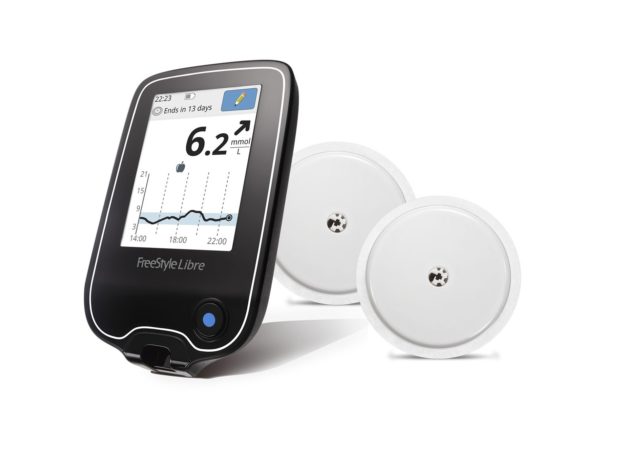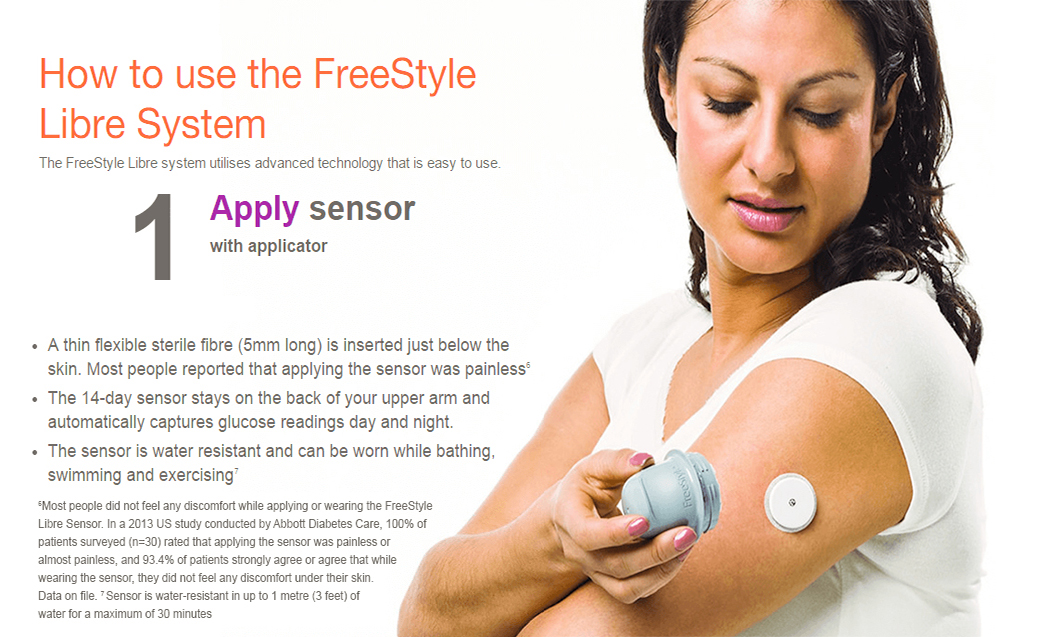


In 2008, the third model was approved, Abbott Laboratories' Freestyle Navigator. The sensor was approved for use for up to 72 hours, and the receiver needed to be within five feet for transmission of data. Ī second system, developed by Dexcom, was approved in 2006. Sensors could be worn for up to 72 hours. The first iteration of the Medtronic MiniMed took glucose readings every ten seconds with average readings reported every five minutes. Continued development has extended the length of time sensors can be worn, options for receiving and reading data, and settings for alerting users of high and low glucose levels. The first CGM system was approved by the FDA in 1999. However, CGM and FGM are fundamentally different systems offering unique advantages and disadvantages to patients, and clinicians hold CGM and FGM to be distinct categories. Occasionally, FGM is referred to as a subset of CGM, with a distinction drawn between "real-time" CGM and "flash" CGM. Abbott's FreeStyle Libre is an example of an FGM system. While a CGM continuously monitors blood glucose and transmits blood glucose readings to a reader, a flash glucose monitor ( FGM) only transmits readings upon user interaction (i.e. This lag time varies based on the person and the device, and is generally 5–20 minutes. As it takes time for glucose to travel from the bloodstream into the interstitial fluid, there is an inherent lag behind the current blood glucose level and the level measured by the CGM.

Īnother limitation is that glucose levels are taken from the interstitial fluid rather than the blood. Some manufacturers warn users of relying only on CGM-measurements and the National Institute for Health and Care Excellence recommends to validate hypoglycaemic values via fingerprick testing of blood glucose level. Still, on the Cochrane systematic revie mentioned above, the use of continuous glucose monitors did not increase the risk of hypoglycaemia or ketoacidosis. This is especially problematic as some devices offer alarm functions to warn of hypoglycemic episodes and people might rely on those alarms. However, there are important limitations: CGM systems are not sufficiently accurate for detecting hypoglycemia, a common side-effect of diabetes treatment. However, the use of continuous glucose monitors appears to lower hemoglobin A1c levels, more than just monitoring through capillary blood testing, particularly when used by individuals with poorly controlled diabetes together with an integrated insulin pump. Ī Cochrane systematic review found that there is limited and conflicting evidence of the effectiveness of continuous glucose monitoring systems in children, adults or patients with poorly controlled diabetes. Some studies have demonstrated reduced time spent in hypoglycemia or a lower glycated hemoglobin, both favorable outcomes. ĬGM is an increasingly adopted technology which has shown to have benefits for people with diabetes. Users must calibrate CGM devices with traditional blood glucose measurements.

CGM use allows trends in blood glucose to be displayed over time. Traditional fingerprick testing of blood glucose levels measures the level at a single point in time. This electric current (proportional to the glucose concentration) is then relayed from a transmitter attached to the sensor out to a reader which displays the data to the patient. Currently approved CGMs use an enzymatic technology which reacts with glucose molecules in the interstitial fluid generating an electric current. A continuous glucose monitor consists of three parts: a small electrode placed under the skin, a transmitter sending readings at regular intervals (ranging from every 5 to 15 min), and a separate receiver. people with type I, type II diabetes or other types of diabetes (e.g. The sensor and transmitter are fixed to the upper arm and the receiver shows current blood glucose level and a graph of recent blood glucose levels.Ī continuous glucose monitor (CGM) is a device used for monitoring blood glucose on a continual basis by insulin-requiring people with diabetes, e.g.


 0 kommentar(er)
0 kommentar(er)
